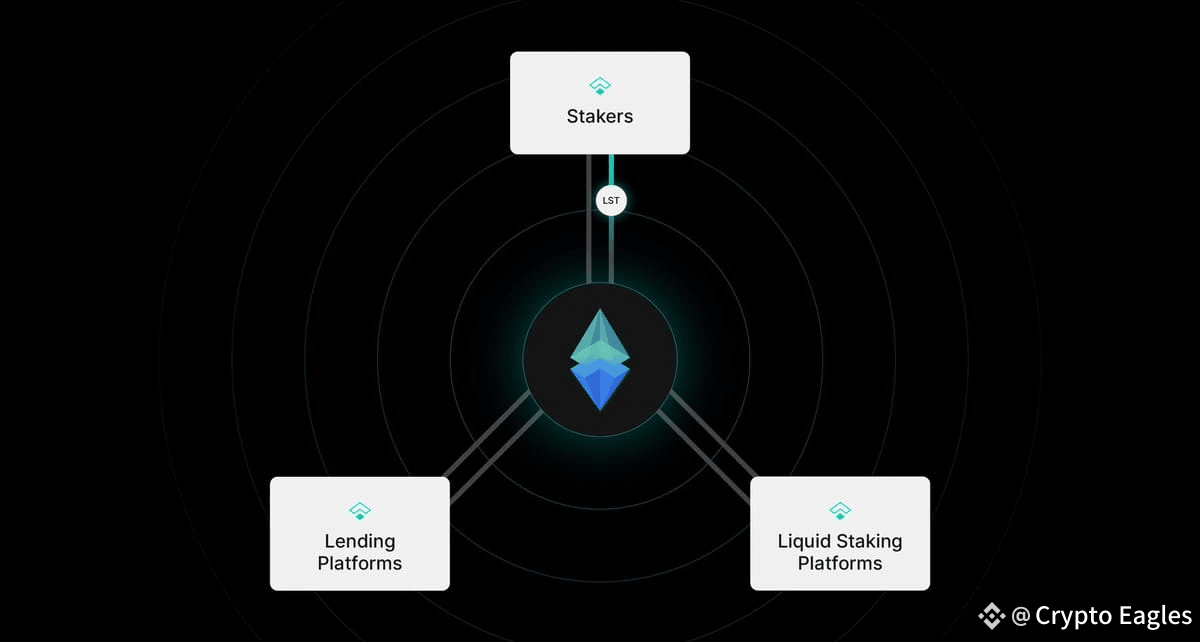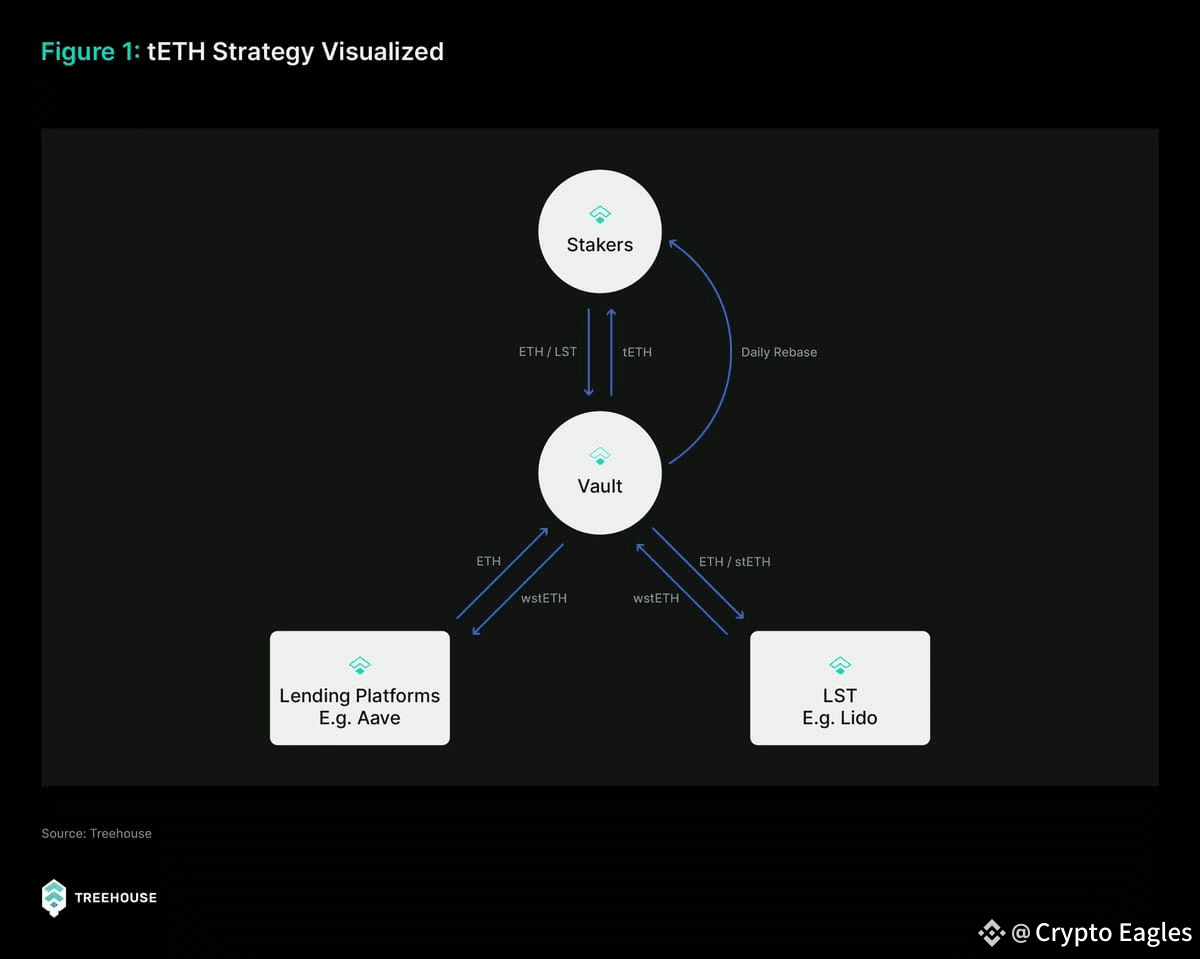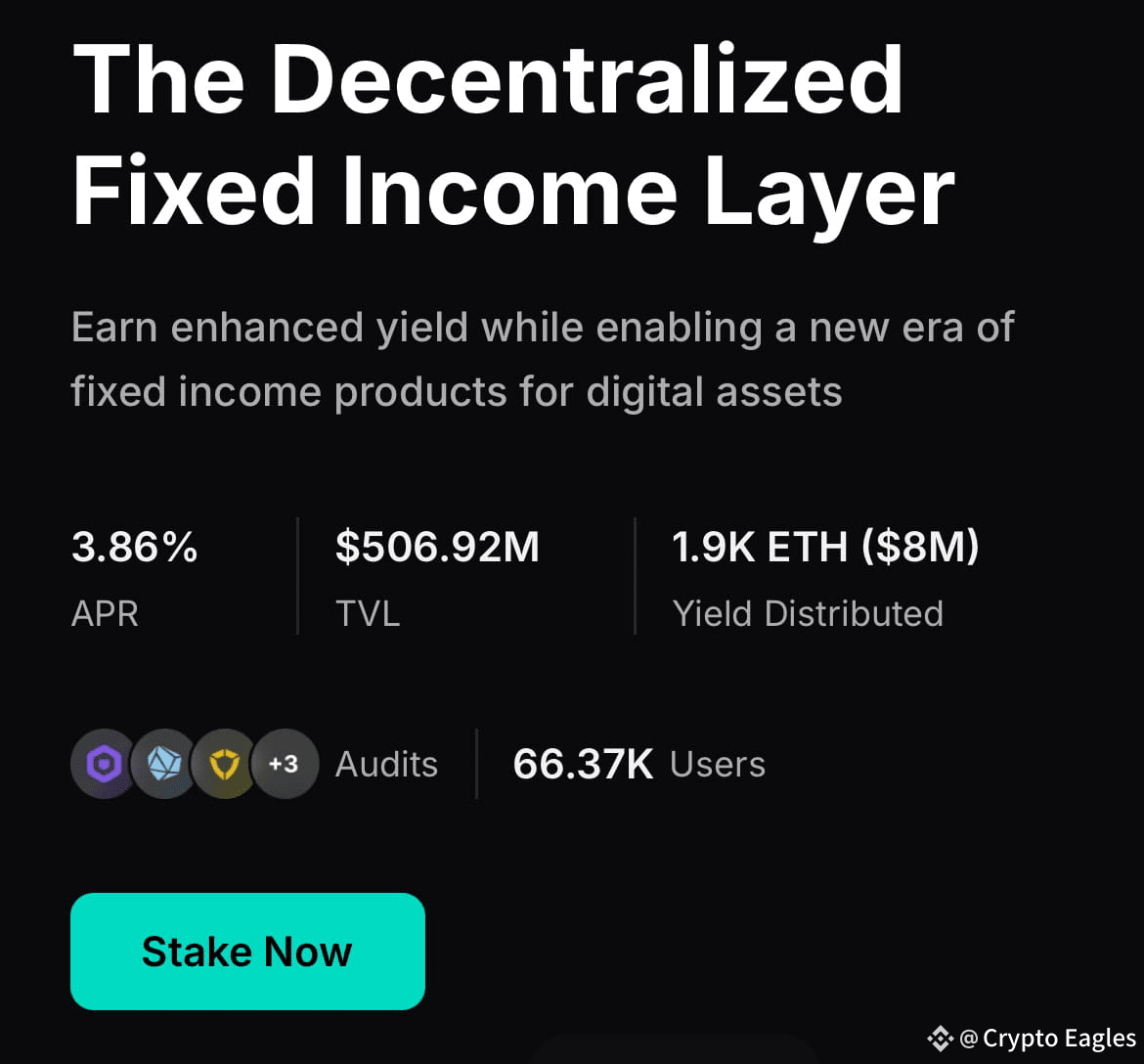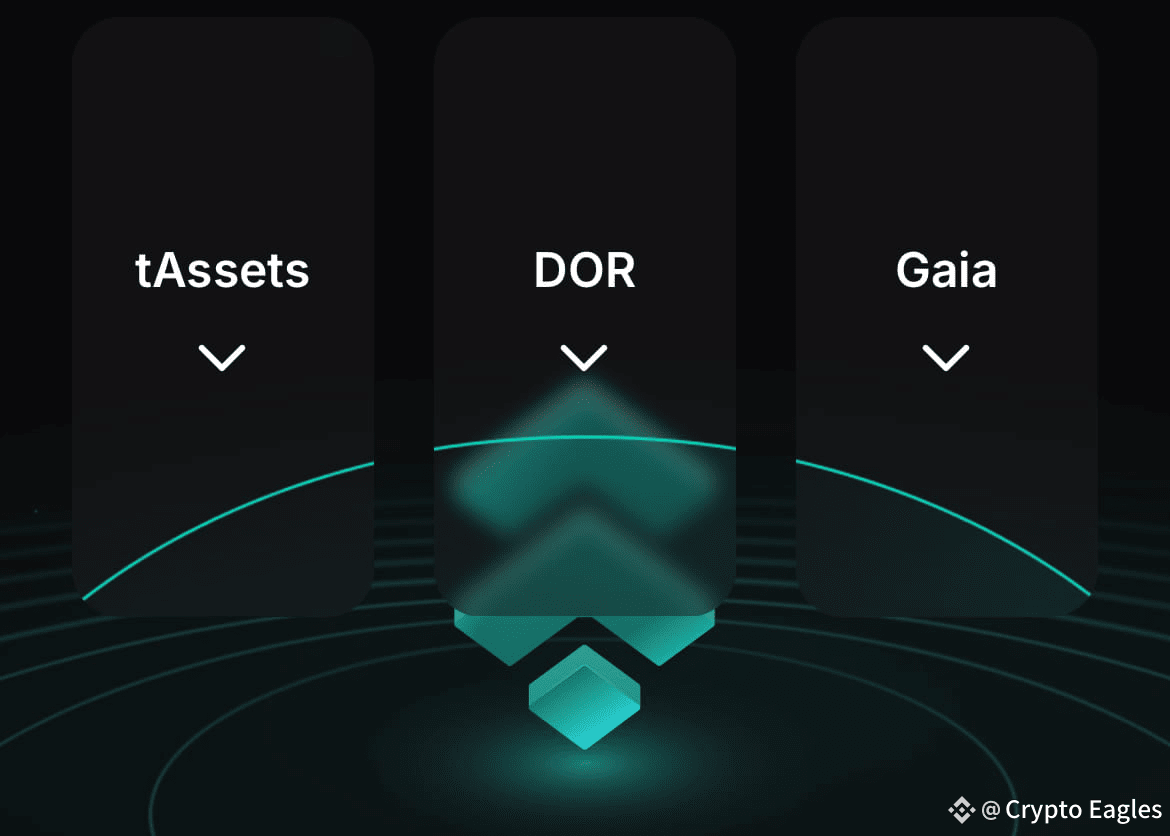If DeFi wants real mainstream capital, it needs more than mercurial APYs - it needs benchmarks, predictability, and fixed-income primitives
That’s exactly the gap Treehouse Protocol, developed by Treehouse Labs, is building to fill: a decentralized fixed-income layer with products you can actually compose across DeFi
At its core, Treehouse introduces two powerful primitives:
tAssets - yield instruments (starting with tETH) that unify scattered on-chain rates and capture market efficiency yield
DOR (Decentralized Offered Rates) - a consensus-driven benchmark rate system for digital assets
Why This Matters and why now
Traditional markets rely on fixed-income and reference rates for pricing, hedging, and risk management. Crypto largely doesn’t. The result is fragmented yields, poor rate discovery, and limited fixed-income tooling. Treehouse flips that script:
Predictable benchmarks for derivatives pricing, hedging strategies, portfolio benchmarking, and discounting cash flows.
Composable building blocks so protocols can integrate stable rate references into loans, notes, FRAs, swaptions, and more.
Pillar 1: tAssets (Starting with tETH)
tETH is Treehouse’s flagship LST 2.0 product
You deposit ETH or LSTs; the protocol runs interest rate arbitrage strategies to converge fragmented ETH rates toward a risk free staking baseline
You earn:

Under the hood, the design focuses on yield optimization, gas efficiency, safety mechanisms, and clear redemption flows, with docs that detail risks
Security includes multiple audits plus a bug bounty and insurance fund

What it unlocks:
tETH aims to standardize the floating landscape of ETH yields and make it straightforward to plug a stable-ish yield source into structured products - without giving up composability
Pillar 2: DOR - Decentralized Offered Rates
DOR is a participant-driven benchmark framework for digital assets. It coordinates five roles—Operators, Panelists, Referencers, Delegators, and End Users—to produce robust reference rates. The first family includes:
TESR: Treehouse Ethereum Staking Rate
TELR: Lending rate
TEBR: Borrowing rate
Key design principles:
Accuracy - game-theoretic incentives and slashing drive truthful submissions.
Decentralization - open roles with checks & balances; delegation boosts network security.
Agnosticism - the framework generalizes to any objective rate (not just staking)
Why you care: with DOR live, DeFi gets credible reference rates for pricing derivatives, hedging rate risk, valuing future cash flows, and benchmarking performance exactly how TradFi runs trillions in fixed-income markets
Token: $TREE and Where It Fits
The $$TREE oken powers the ecosystem:
Querying fees for on-chain contracts and enterprises that use DOR data
Panelist staking to align incentives and secure rate submissions
Consensus payouts to Panelists & Delegators based on accuracy
Governance over parameters and protocol direction
DAO grants to seed operators/builders in the DOR ecosystem
FYI: Treehouse recently completed its TGE, with listings across Binance and other exchanges - a notable distribution for a newly launched fixed-income primitive

Roadmap & Ecosystem Momentum
Treehouse’s public roadmap calls out:

What Builders Can Create on DOR
Once DOR rates are live, expect a “Cambrian explosion” of fixed-income products:
Deposits/Term notes priced off TESR/TELR/TEBR
FRAs and interest rate swaps (float-to-fixed/fixed-to-float)
Range accruals, callable notes, swaptions
Safer money-market funds and benchmark-aware lending
RWA discounting/valuation with credible on-chain curves
My Take
Treehouse isn’t chasing the next shiny meta; it’s laying market infrastructure. If they succeed, DeFi gets:
A credible rate stack (TESR/TELR/TEBR)
Composable tAssets
A pathway to structured yield and real fixed-income markets on-chain
This is the kind of plumbing that can anchor institutions and power builders
Watch for DOR going live, early FRA/swap markets, and protocol integrations as the key catalysts
#Treehouse @Treehouse Official $TREE




